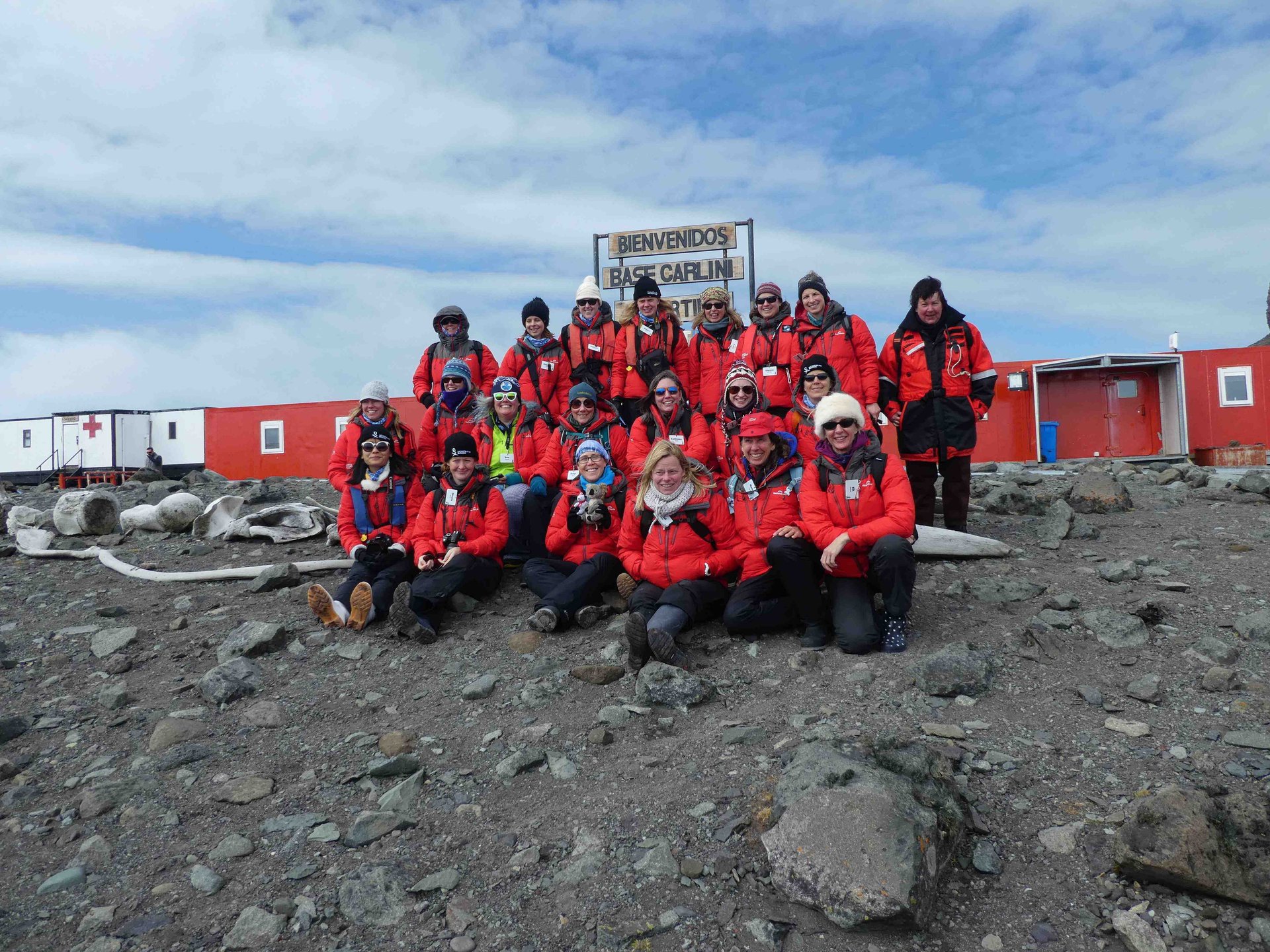The largest all-female expedition to Antarctica, aiming to combat sexism in the sciences, has set sail
While educators continue to look for ways to get more young girls interested in science, the issue of gender equality in STEM (science, technology, engineering, and mathematics) persists at later stages as well.
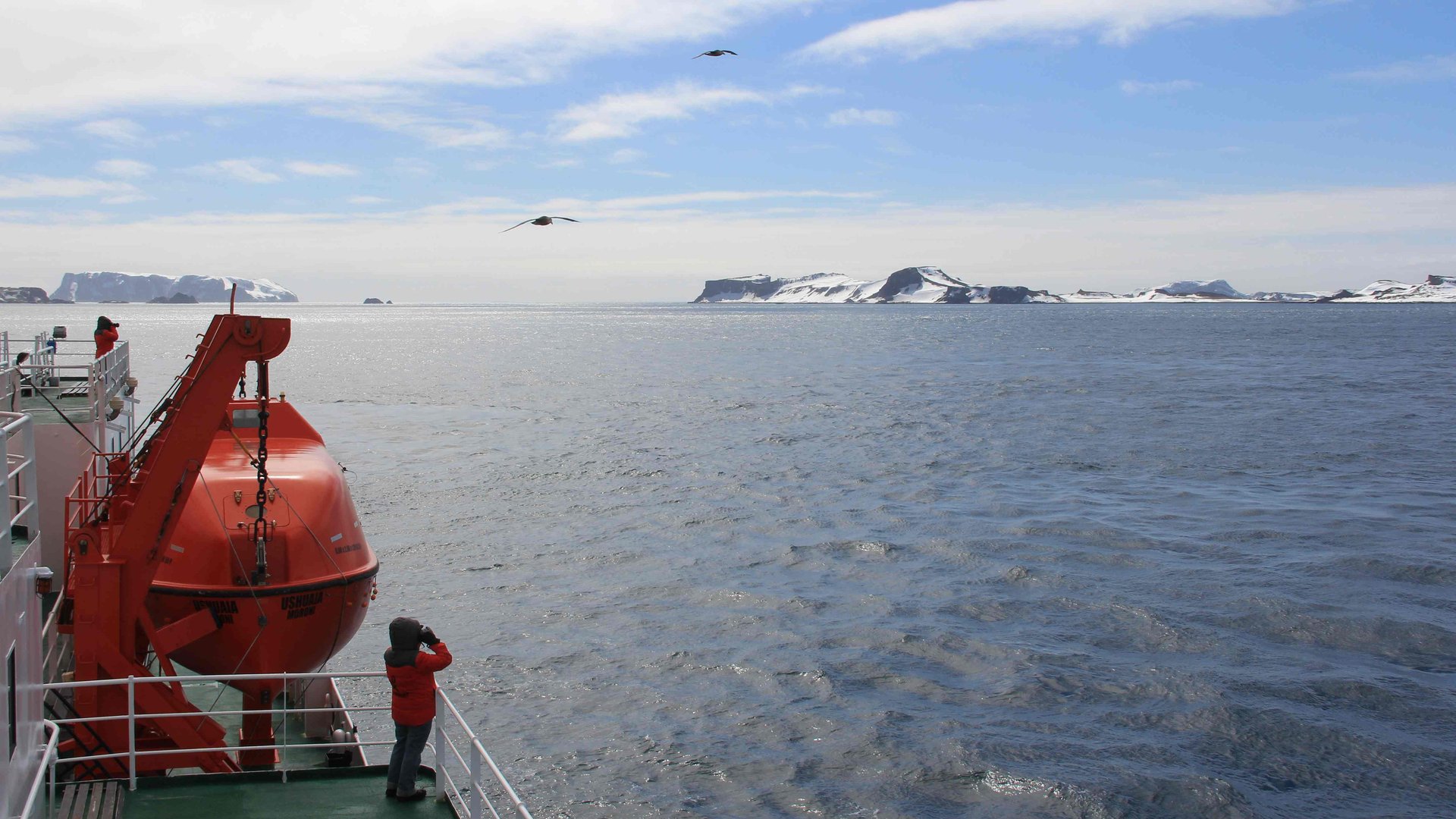

While educators continue to look for ways to get more young girls interested in science, the issue of gender equality in STEM (science, technology, engineering, and mathematics) persists at later stages as well.
There are high rates of attrition: according to a recent paper by United Nations Educational, Scientific and Cultural Organization (UNESCO) women account for 53% of the world’s bachelors and masters graduates, 43% of the doctorates, and only 28% of the researchers. And women often are stuck with junior positions in scientific research fields, with men filling the majority of senior positions. According to research published by the office of the Chief Scientist of Australia, only 17% of STEM professors are women, while about 40% of junior STEM academics are female.
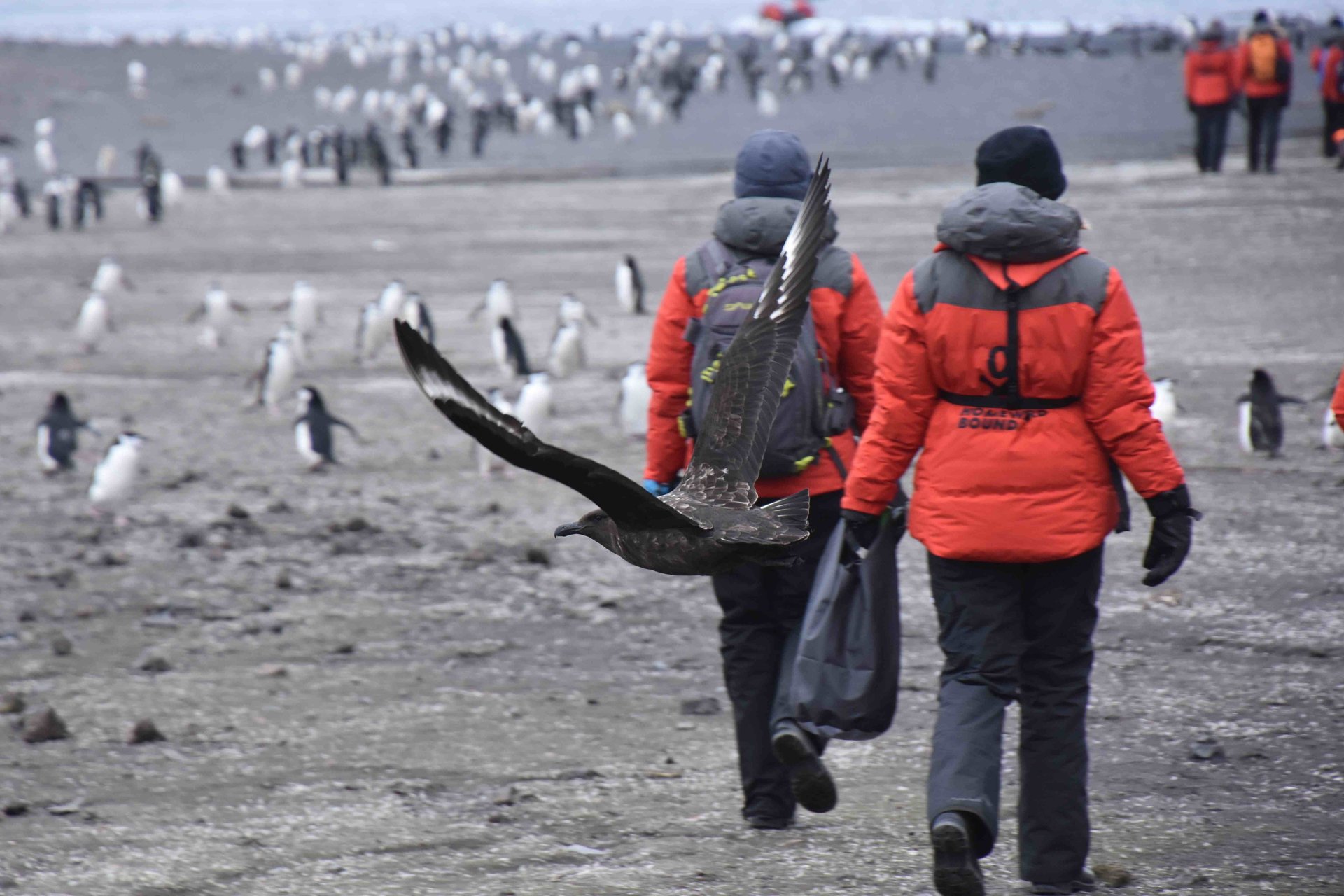
This is in some part because of sexism in the field of scientific research. “There’s a very high level of unconscious bias that plays out in all kinds of ways,” says Jess Melbourne-Thomas, a research scientist with the Antarctic Climate and Ecosystems Cooperative Research Centre. “Some women are unfortunate enough to experience very direct discrimination, whereas for others it’s manifestations of this unconscious bias that can affect them.”
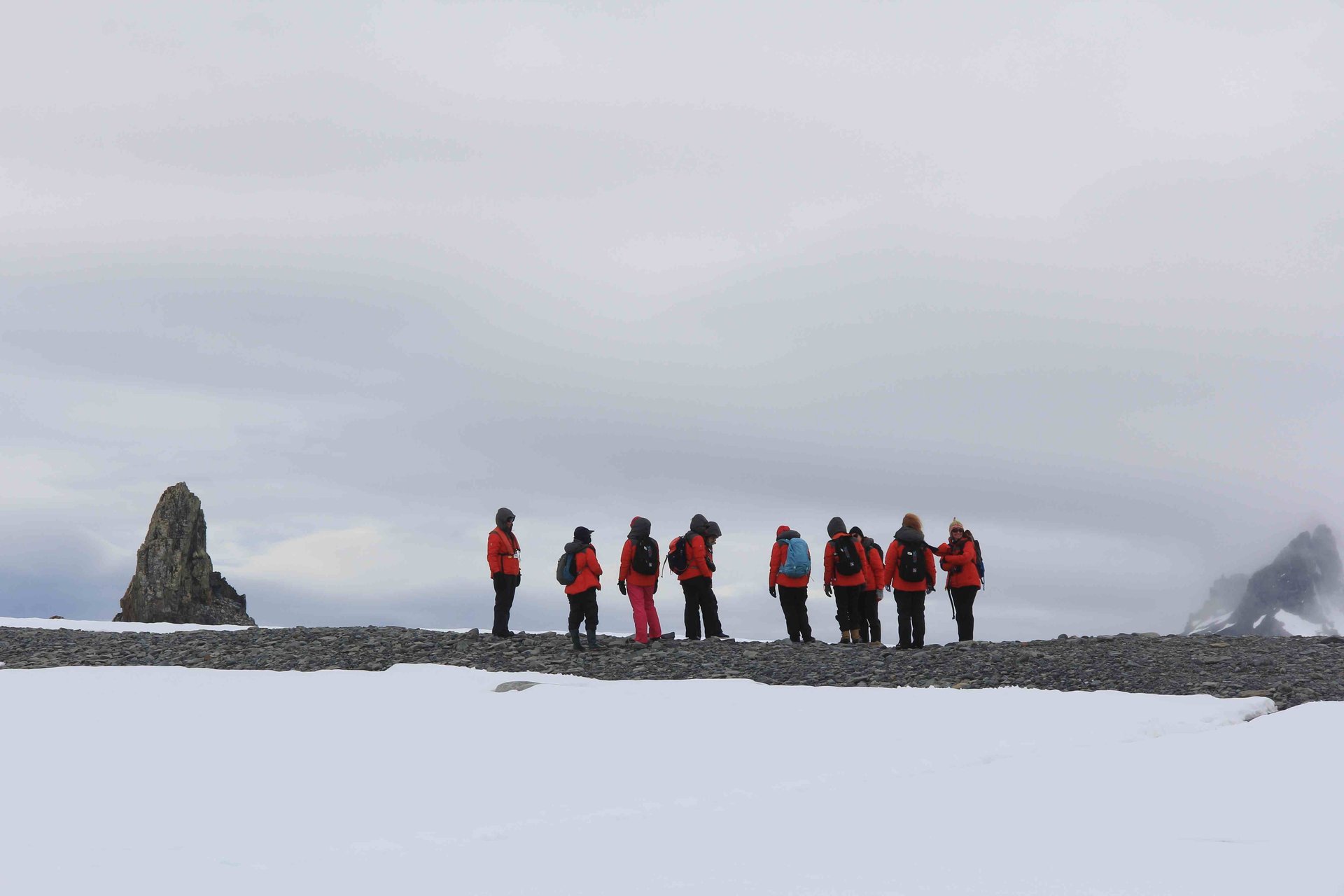
Melbourne-Thomas was discussing these issues with Fabian Dattner, an Australian entrepreneur and management expert, when the duo came up the idea of organizing the largest ever all-female expedition to Antarctica. The trip, which is part of the Homeward Bound project, began on Dec. 2 from Ushuaia, a port city in Argentina, and will conclude on Dec. 22.
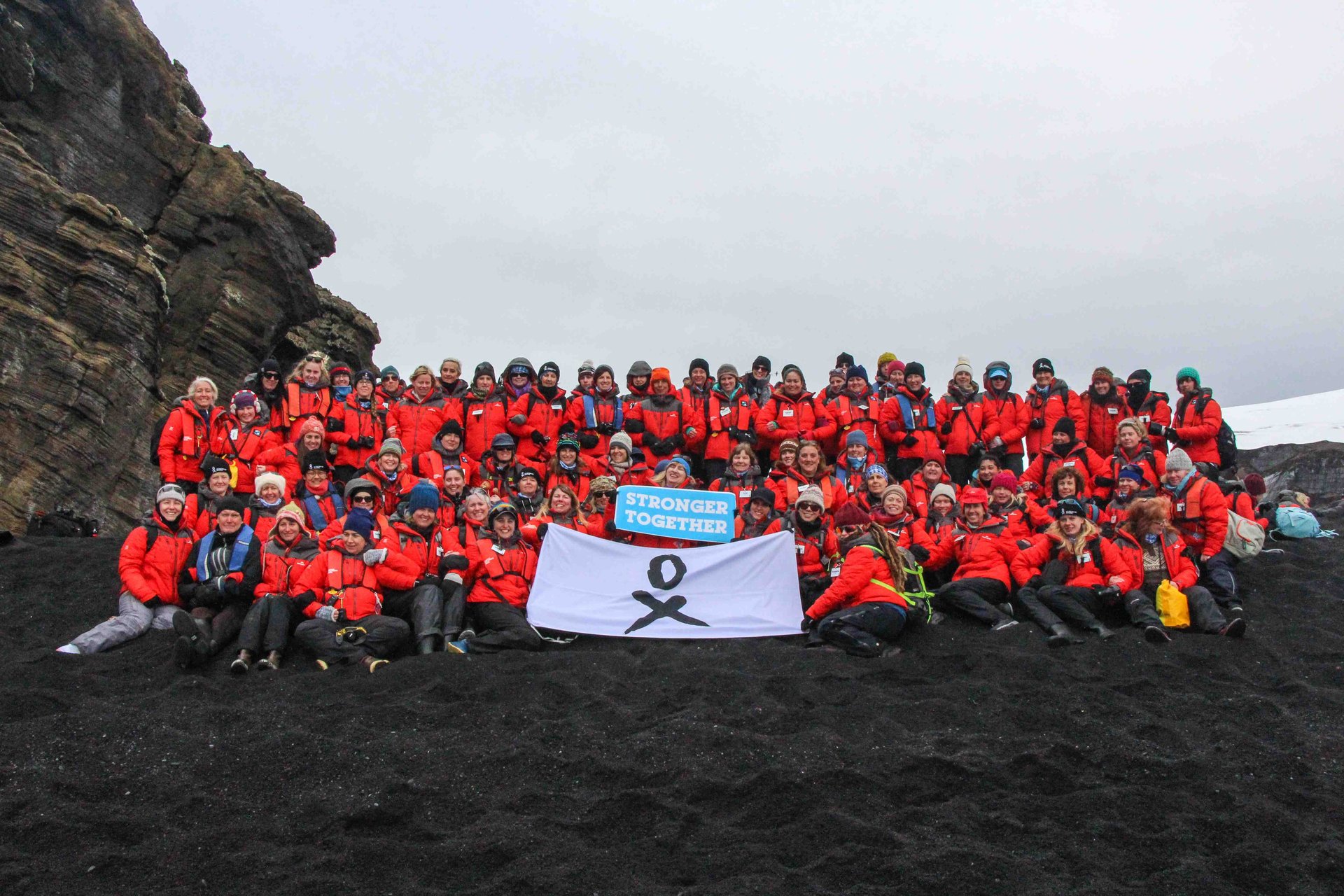
On their ship, the MV Ushuaia, the women will discuss the latest research on climate change (focusing on Antarctica), share their work with each other, participate in leadership exercises, and strategize about how they can apply what they see to their work in the future.
The 76 women participating come from various scientific fields: engineers, academics, social scientists, doctors, Antarctic and Arctic specialists, physicists, and teachers. “We want to facilitate women with a background in lots of different fields of science to bring that knowledge towards policy and decision-making to address climate change,” said Melbourne-Thomas.
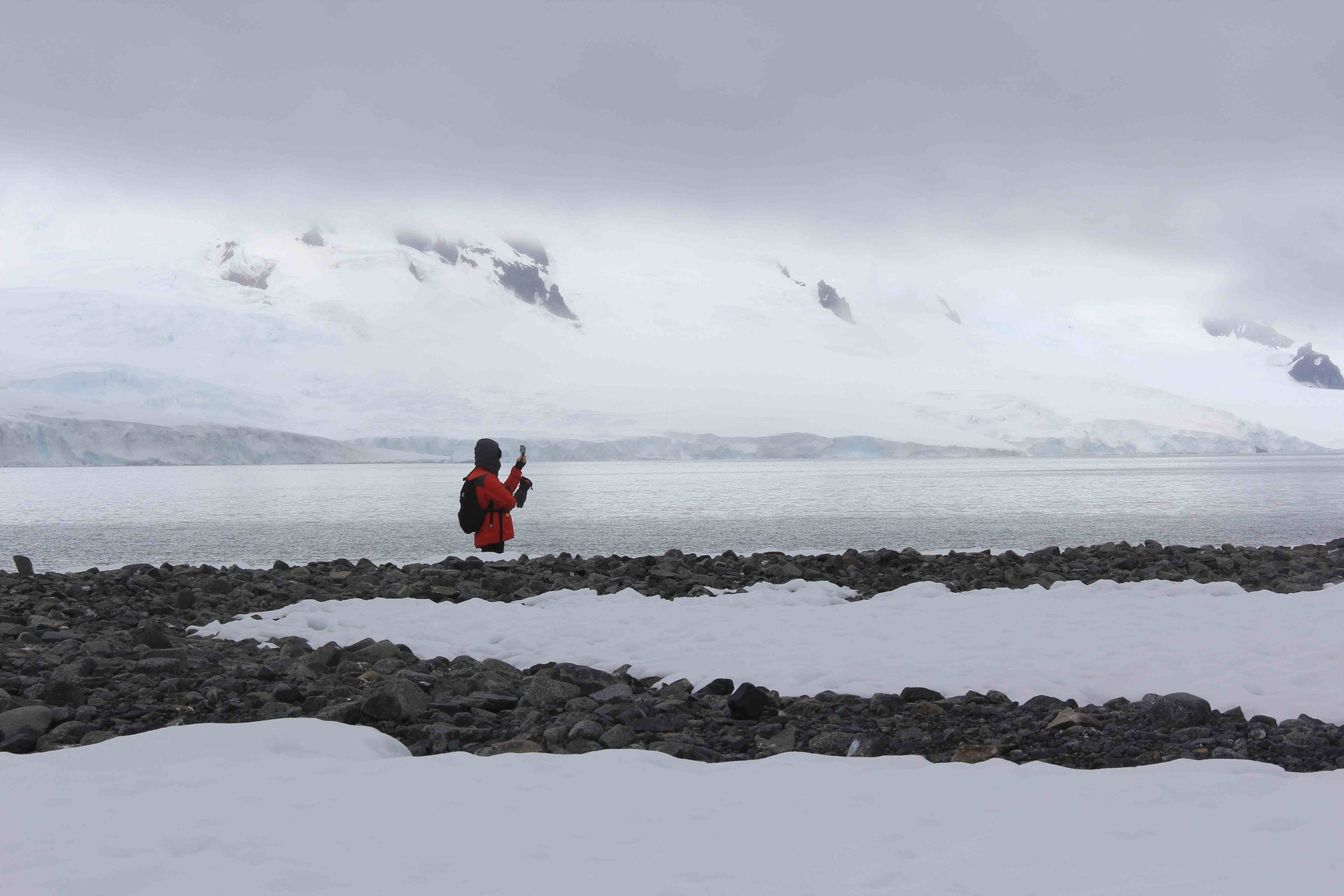
The aim of the journey is not only scientific, but also to create a network of women in the sciences that can support each other in changing the way leadership roles in their fields are filled, says Melbourne-Thomas. She hopes to organize trips like this once a year for a decade, and eventually create a network of 1,000 women.
“It’s hard to explain what is happening on the MV Ushuaia, on a ship in the Southern Ocean, surrounded by icebergs and the vast, white, compelling scope of an Antarctic archipelago seen through every window. I wish that the world could see this,” writes Dattner, who is on the trip. “Already the women are talking about developing a crisis management project for Homeward Bound women—where critical events can be shared, sorted and managed by the women, together…. They drink, they play, they are already collaborating on a multitude of ideas to bring us together, as women have done for aeons.”
Antarctica is been an especially difficult place for female scientists to reach. While the US Navy established McMurdo Station, the main American base in Antarctica, in 1956, they categorically refused to transport women in the 1950s and 60s. It took until 1969 for the first American team of women researchers to reach Antarctica.
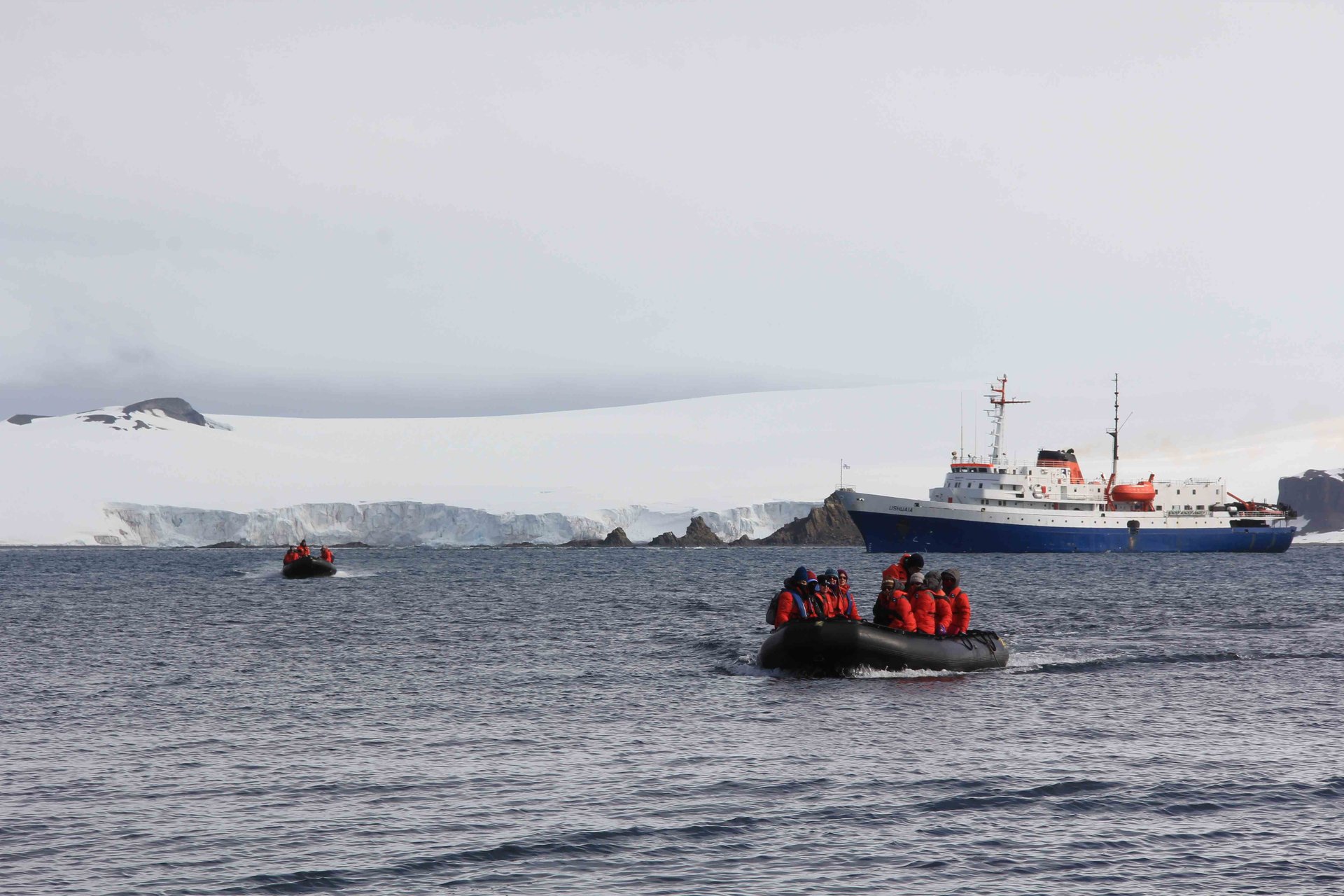
Though much progress has been made since then, being able to work in Antarctica or the Arctic can still be challenging. “Sometimes you have to be away for up to a year at a time, which can be particularly difficult for women with children,” says Melbourne-Thomas. “The question is how do we build more supportive systems to allow that to happen better.” While she has travelled to Antarctica before, she opted to skip this voyage as she recently had a baby.
Ultimately, the voyage is an attempt to speed up the glacial pace of change of gender equality in the higher reaches of STEM. “If you try to project out into to the future to try to think about when we might see more equal representation of women in leadership positions it’s on the 100- to several hundred-year timescale,” Melbourne-Thomas says. “This is a bit ridiculous. Homeward Bound is very much about how can we speed things up.”
Dispatches from the voyage are filled with wonder and excitement. “At the top of the slope we lay on our bellies and peered into the black depths of a crevasse,” writes Fern Hames, of her experiences at Portal Point, on day nine of the voyage. Hames manages science communication and collaboration at the Arthur Rylah Institute for Environmental Research in Victoria, Australia.
“We lay on our backs and felt the layers of metres of snow underneath us, and believed we could sense the ancient Antarctic continent below us too. We talked about Antarctic history and philosophy and seal identification and snow and glaciers and ‘Antarcticans’ and leadership and whale poo…. We were overcome with the raw, wild, intense beauty of the place.”
